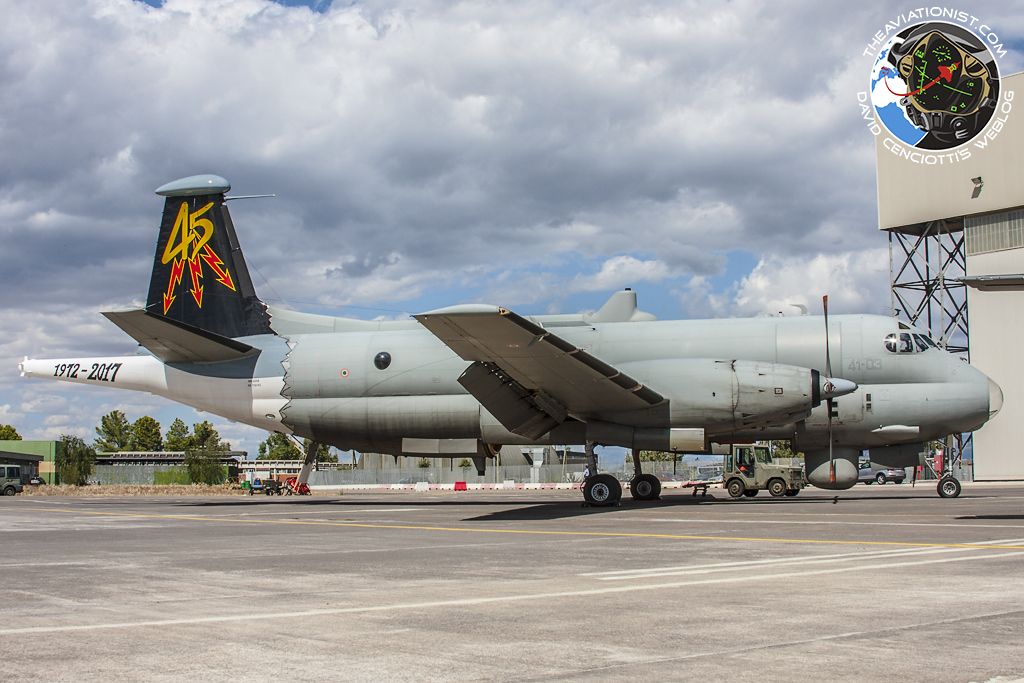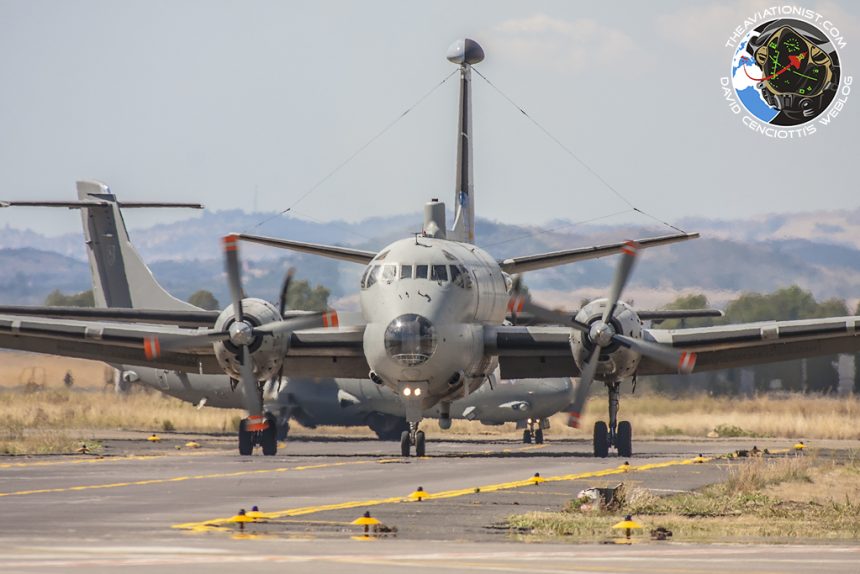The BR-1150 Atlantic is about to be retired and (partially) replaced by the Leonardo P-72A.
With a ceremony held at Sigonella airbase and attended by the Italian Air Force Chief of Staff, Gen. Enzo Vecciarelli, and Italian Navy Chief of Staff, Adm. Valter Girardelli, the 41° Stormo (Wing) of the ItAF bid farewell to the Breguet BR-1150 (P-1150A in accordance with the Italian Mission Design Series) Atlantic, a Maritime Patrol Aircraft with ASW (Anti-Submarine Warfare) capabilities that is about to be retired after 45 years of service and more than 250,000 flight hours.

The Atlantic, that operates a mixed Air Force/Navy crew of 13 people in missions lasting up to 12 hours (actually the record of the Italian BR-1150 is 19 hours and 20 minutes!), will continue to fly through November, even though its final operational flight is planned for October. Since the beginning of its service, the Italian Atlantic aircraft have carried out Maritime Patrol and ASW missions, Maritime SAR (Search And Rescue) support and have taken part in hundreds exercises: from Dawn Patrol back in 1973 to the recent Dynamic Manta, the BR-1150 have played a role in the Display Determination, Dog Fish, Vento Caldo, Daily Double, Mare Aperto, Tridente, Deterrent Force, Passex, Storm Two, Fleetex, Sharp Guard, Destined Glory, Tapoon and many more ones. The aircraft has flown to the North Pole in 1997, landed at all the major European airports, including Iceland, and reached India, Morocco, Canada, Egypt, Lebanon, UAE and the U.S.
Last year, the aircraft has also supported the very first F-35’s transatlantic flight taking off from Sigonella on Sept. 20, 2016 and landing at Portsmouth, U.S., after 8,000 miles and more than 30 flight hours.
During the ceremony at Sigonella, the 88° Gruppo (Squadron) of the 41° Stormo unveiled the final Atlantic special color (MM40118/41-03).

Since Nov. 25, 2016, the 41° Stormo has started transitioning to the new P-72A, a military variant of the ATR 72-600. The Italian Air Force has received the first two of four P-72A MPA ordered back in 2014; the delivery of the remaining two aircraft is planned by the end of the year.
The P-72A can undertake a variety of roles ranging from maritime patrol for the search and identification of surface vessels, SAR (search and rescue) missions, the prevention of narcotics trafficking, piracy, smuggling, territorial water security and monitoring and intervention in the event of environmental catastrophes. The P-72A is equipped with a communication suite that enables the aircraft to transmit or receive information in real-time to/from command and control centres either on the ground, in the air or at-sea, to ensure coordinated and effective operations. The aircraft is also equipped with a self-protection system. The aircraft is said to be able to fly missions lasting six and a half hours at ranges up to 200 nautical miles from its starting location.
Although it is a multirole Maritime Patrol, Electronic Surveillance and C4I (Command, Control, Communications, Computers, and Intelligence) aircraft that shares many sensors and equipments which were developed for the ATR 72ASW developed by Leonardo for the Turkish Navy, the P-72A lacks an ASW (Anti-Sub Warfare) capability: for this reason it is considered a “gap filler” until the budget to procure a Long Range MPA with ASW capabilities will become available.
Meanwhile, the P-72A has already started flying operational sorties, as happened during the G7 meeting in Taormina, in May 2017, when the two brand new MPA of the 41° Stormo were used to perform intelligence gathering and electronic surveillance missions.

All photos: Author









